Canada should be a global energy supplier of choice because we have the highest standards for protecting people and the planet.
We are 4th in the world on the clean technology index and we should be proud. #MoreCanada 
Alberta
Canada Action on the proposed Teck Frontier Mine

#visionCanada2119
In an effort to help Albertans and Canadians understand each other and have meaningful conversations about energy, the environment, and the economy, Todayville presents this informative post from Canada Action. We invite you to share your questions, comments and concerns. Please note the first time you comment on a Todayville story you will be asked to register as a user. Once registered you are also invited to contribute your own original posts to Todayville’s front page. Thank you for taking part in these important community conversations.

Diagrams and thumbnail photo from Teck.com
From Canada Action
Teck Frontier Mine: 8 Facts You Must Know
With the federal government’s decision on the Teck Frontier Mine coming soon (in February), there’s some important details about this new oil sands project that need to be brought into the limelight.
Teck’s new oil sands mine in northern Alberta will be one of the most innovative projects of its kind to-date, making use of industry-leading technologies to:
> Reduce greenhouse gas (GHG) emissions intensity
> Minimize water use and protect water quality
> Reclaim land as soon as mining begins
> Ensure safe, secure tailings storage with leading-edge technology
> Prevent or mitigate possible impacts to wildlife
Fact #1: Global Oil Demand is Growing
But before we discuss these further, it’s essential we are all reminded of the paramount fact that global oil demand is projected to grow by nearly 10 million barrels per day between now and 2040, as outlined in the International Energy Agency’s (IEA) most recent World Energy Outlook 2019.
Heck, that’s the whole reason why Teck has proposed this massive new oil sands mine in the first place. If oil sands growth forecasts by the Canadian Energy Regulator (CER)and U.S. Energy Information Administration (EIA) come even close to being true, with production increasing 50% by 2040 and even more so by 2050, the new Teck Frontier Mine is just a small part of the puzzle for Canada’s energy industry going forward.
We know about projected growth for oil and natural gas demand in the foreseeable future, so why would anyone not want Canada to have as much market share as possible? As one of the most transparent, regulated and environmentally responsible petroleum producers on the planet, it only makes sense that Canada should be one of the last producers “out of the pool.”
> Canadian Oil is in the World’s Best Interest: ESG Scorecard
> Canada Ranks 6th on Democracy Index 2018 (ESG Criteria)
> Canada Tops Environmental Performance Index Among Top 10 Oil Exporters
Canada’s record of oil and gas production is exemplified by Teck’s initiatives to make Frontier one of the best-in-class oil sands mines ever built in regards to both the environment and Indigenous support.
Fact #2: Land Reclamation Will Begin as Soon as Mining Starts
> Land reclamation will begin as mining progresses, adhering to strict regulations set forth by the Alberta Energy Regulator (AER)
> The actual footprint of active mining will be smaller than the total project area due to on-going reclamation efforts
> With a size of about 292 square kilometres, the mine’s total surface area is about half the size of Edmonton but this land will not be all disturbed at once
Fact #3: Frontier Will Have a Carbon Intensity Less than 50% of USA Refineries

> GHG emissions intensity of the Frontier project will be about 50% less than the oil sands industry average
> Carbon intensity of the Frontier project will be less than half of the oil currently refined in the United States
> Energy efficient mining processes and cogeneration are among the industry-leading technologies that will help reduce GHG emissions
Fact #4: Extensive Work on Prevention & Mitigation for Wildlife
> Extensive assessments of potential effects on fish, wildlife and their habitat have been conducted to ensure the right steps are taken to prevent and mitigate effects during operations and after the mine is closed
> Any affected wildlife habitat will be fully reclaimed to a “…self-sustaining ecosystem with local vegetation and wildlife.” – AER
Fact #5: Frontier Will Have the Lowest Water Use Intensity

> Teck’s Frontier Mine will have one of the lowest water use intensities in the oil sands
> About 90% of water used to process the bitumen will be recycled, minimizing fresh water withdrawals from the Athabasca river
> Off-stream water storage will help to reduce water withdrawals from the river during low flow periods
> Safeguards will ensure water quality is protected and there are no leaks into the water table
Fact #6: Leading-Edge Tailings Management & Technology
> Teck’s Frontier Mine project will use state-of-the-art practices to create a safe and secure placement for tailings
> Centrifuges will de-water tailings fluid before placement mined-out pits, eliminating the need for dams after operations cease and providing increased levels of security for tailings containment in the process
Fact #7: All 14 Indigenous Communities Support the Project

> All 14 Indigenous groups in the region where the Teck Frontier Mine is proposed support the project. They include:
- Athabasca Chipewyan First Nation
- MikisewCree First Nation
- Fort McKayFirst Nation
- Fort Chipewyan Métis
- Fort McKayMétis
- Fort Mc Murray Métis1935
- Fort McMurrayFirst Nation #468
- MétisNation of Alberta- Region One and it’s member locals
- Athabasca Landing Local # 2010
- Buffalo Lake Local # 2002
- ConklinLocal # 193
- Lac La BicheLocal # 1909
- Owl River Local # 1949
- Willow Lake Local # 780
Fact #8: Teck Frontier Mine a Much-Needed Boon for the Energy Sector
> Frontier will employ up to 7,000 people during peak construction
> An additional 2,500 people will be employed throughout operations over a project life of 41 years
> 75,000 person-years of employment generated by the construction of Frontier
> $55 billion generated in provincial taxes and royalties
> $12 billion generated in federate corporate income and capital taxes
> $3.6 billion generated in municipal property taxes
Teck’s investment of $20.6 billion in northern Alberta comes at a time where a lack of new pipeline capacity and strangulating regulations have been choking the life out of one of Canada’s most valuable industries.
Frontier will create thousands of new employment opportunities, tens of billions in government revenues and provide a much-needed boost to an industry that has seen countless jobs and investor cash flee in droves to more competitive oil and gas producing jurisdictions over the past five years.
Much like the Trans Mountain Pipeline expansion, an approval of Teck’s Frontier Mine would help to restore investor confidence in Canada’s energy sector.
With the Trans Mountain Expansion, Keystone XL and Line 3 Replacement set to add more than a million barrels of additional pipeline capacity for Canada in the near future, it only makes sense that this project – with its low carbon intensity and leading-edge environmental initiatives – should provide some of the oil necessary to fill those pipes.
Learn more – Pipelines in Canada: What You Should Know

Canada Action is an entirely volunteer created grassroots movement encouraging Canadians to take action and work together in support of our vital natural resources sector. We believe it’s critical to educate Canadians about the social and economic benefits provided by the resource sector and industry’s commitment to world-class environmental stewardship. We’re strong supporters of Canada’s oil sands and the resource sector generally because we know how important these industries are to Canada’s present and future prosperity.
We’re committed to engaging Canadians in a more informed conversation about resource development, about how important it is to our society and about how we’re doing it well today and improving our practices for the future. We believe that by educating Canadians on the importance of the country’s resource sector – they’ll act on that information, stand up and make their voices count.
Alberta
Alberta bill would protect freedom of expression for doctors, nurses, other professionals

From LifeSiteNews
‘Peterson’s law,’ named for Canadian psychologist Jordan Peterson, was introduced by Alberta Premier Danielle Smith.
Alberta’s Conservative government introduced a new law that will set “clear expectations” for professional regulatory bodies to respect freedom of speech on social media and online for doctors, nurses, engineers, and other professionals.
The new law, named “Peterson’s law” after Canadian psychologist Jordan Peterson, who was canceled by his regulatory body, was introduced Thursday by Alberta Premier Danielle Smith.
“Professionals should never fear losing their license or career because of a social media post, an interview, or a personal opinion expressed on their own time,” Smith said in a press release sent to media and LifeSiteNews.
“Alberta’s government is restoring fairness and neutrality so regulators focus on competence and ethics, not policing beliefs. Every Albertan has the right to speak freely without ideological enforcement or intimidation, and this legislation makes that protection real.”
The law, known as Bill 13, the Regulated Professions Neutrality Act, will “set clear expectations for professional regulatory bodies to ensure professionals’ right to free expression is protected.”
According to the government, the new law will “Limit professional regulatory bodies from disciplining professionals for expressive off-duty conduct, except in specific circumstances such as threats of physical violence or a criminal conviction.”
It will also restrict mandatory training “unrelated to competence or ethics, such as diversity, equity, and inclusion training.”
Bill 13, once it becomes law, which is all but guaranteed as Smith’s United Conservative Party (UCP) holds a majority, will also “create principles of neutrality that prohibit professional regulatory bodies from assigning value, blame or different treatment to individuals based on personally held views or political beliefs.”
As reported by LifeSiteNews, Peterson has been embattled with the College of Psychologists of Ontario (CPO) after it mandated he undergo social media “training” to keep his license following posts he made on X, formerly Twitter, criticizing Trudeau and LGBT activists.
He recently noted how the CPO offered him a deal to “be bought,” in which the legal fees owed to them after losing his court challenge could be waived but only if he agreed to quit his job as a psychologist.
Early this year, LifeSiteNews reported that the CPO had selected Peterson’s “re-education coach” for having publicly opposed the LGBT agenda.
The Alberta government directly referenced Peterson’s (who is from Alberta originally) plight with the CPO, noting “the disciplinary proceedings against Dr. Jordan Peterson by the College of Psychologists of Ontario, demonstrate how regulatory bodies can extend their reach into personal expression rather than professional competence.”
“Similar cases involving nurses, engineers and other professionals revealed a growing pattern: individuals facing investigations, penalties or compulsory ideological training for off-duty expressive conduct. These incidents became a catalyst, confirming the need for clear legislative boundaries that protect free expression while preserving professional standards.”
Alberta Minister of Justice and Attorney General Mickey Amery said regarding Bill 13 that the new law makes that protection of professionals “real and holds professional regulatory bodies to a clear standard.”
Last year, Peterson formally announced his departure from Canada in favor of moving to the United States, saying his birth nation has become a “totalitarian hell hole.”
Alberta
‘Weird and wonderful’ wells are boosting oil production in Alberta and Saskatchewan
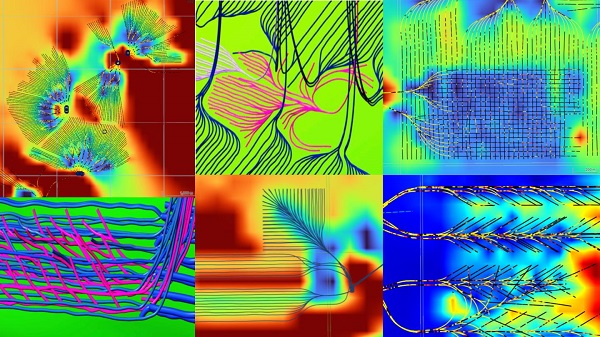
From the Canadian Energy Centre
Multilateral designs lift more energy with a smaller environmental footprint
A “weird and wonderful” drilling innovation in Alberta is helping producers tap more oil and gas at lower cost and with less environmental impact.
With names like fishbone, fan, comb-over and stingray, “multilateral” wells turn a single wellbore from the surface into multiple horizontal legs underground.
“They do look spectacular, and they are making quite a bit of money for small companies, so there’s a lot of interest from investors,” said Calin Dragoie, vice-president of geoscience with Calgary-based Chinook Consulting Services.
Dragoie, who has extensively studied the use of multilateral wells, said the technology takes horizontal drilling — which itself revolutionized oil and gas production — to the next level.
“It’s something that was not invented in Canada, but was perfected here. And it’s something that I think in the next few years will be exported as a technology to other parts of the world,” he said.
Dragoie’s research found that in 2015 less than 10 per cent of metres drilled in Western Canada came from multilateral wells. By last year, that share had climbed to nearly 60 per cent.
Royalty incentives in Alberta have accelerated the trend, and Saskatchewan has introduced similar policy.
Multilaterals first emerged alongside horizontal drilling in the late 1990s and early 2000s, Dragoie said. But today’s multilaterals are longer, more complex and more productive.
The main play is in Alberta’s Marten Hills region, where producers are using multilaterals to produce shallow heavy oil.
Today’s average multilateral has about 7.5 horizontal legs from a single surface location, up from four or six just a few years ago, Dragoie said.
One record-setting well in Alberta drilled by Tamarack Valley Energy in 2023 features 11 legs stretching two miles each, for a total subsurface reach of 33 kilometres — the longest well in Canada.
By accessing large volumes of oil and gas from a single surface pad, multilaterals reduce land impact by a factor of five to ten compared to conventional wells, he said.
The designs save money by skipping casing strings and cement in each leg, and production is amplified as a result of increased reservoir contact.
Here are examples of multilateral well design. Images courtesy Chinook Consulting Services.
Parallel
Fishbone
Fan
Waffle
Stingray
Frankenwells
-

 Carbon Tax11 hours ago
Carbon Tax11 hours agoCarney fails to undo Trudeau’s devastating energy policies
-

 Business8 hours ago
Business8 hours agoBudget 2025: Ottawa Fakes a Pivot and Still Spends Like Trudeau
-

 COVID-192 days ago
COVID-192 days agoFreedom Convoy protestor Evan Blackman convicted at retrial even after original trial judge deemed him a “peacemaker”
-

 Alberta2 days ago
Alberta2 days agoAlberta bill would protect freedom of expression for doctors, nurses, other professionals
-
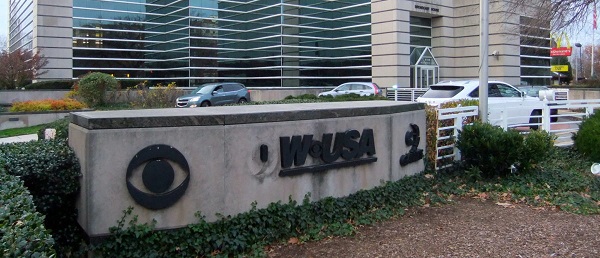
 Daily Caller2 days ago
Daily Caller2 days agoBari Weiss Reportedly Planning To Blow Up Legacy Media Giant
-

 Daily Caller2 days ago
Daily Caller2 days agoMTG Says She’s Resigning From Office
-

 Daily Caller2 days ago
Daily Caller2 days agoTrump Gives Zelenskyy Until Thanksgiving To Agree On Peace Deal, With U.S. Weapons And Intel On The Line
-

 Business1 day ago
Business1 day agoI Was Hired To Root Out Bias At NIH. The Nation’s Health Research Agency Is Still Sick




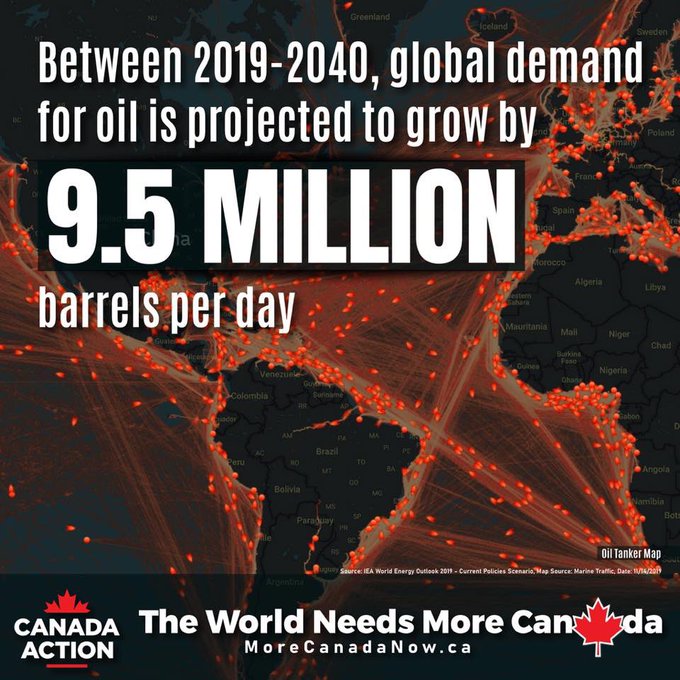








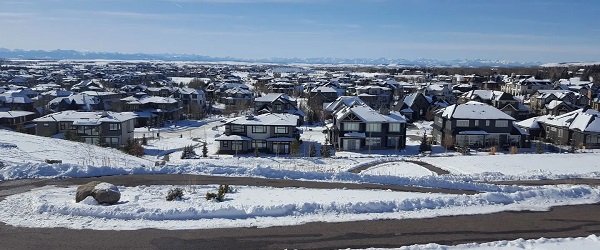
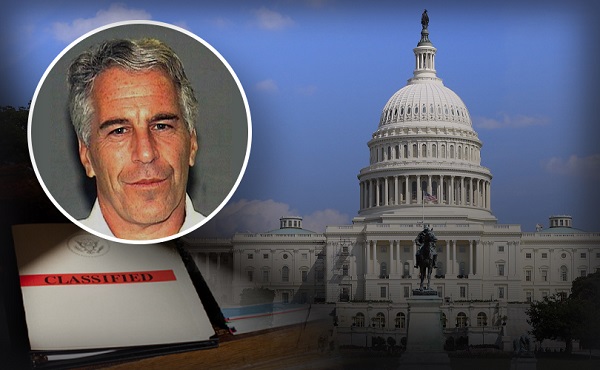




You must be logged in to post a comment Login